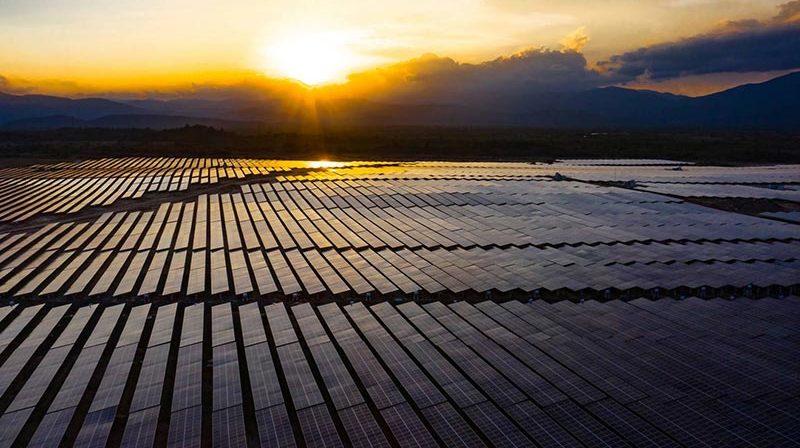Vietnam’s Ministry of Industry and Trade (MIOT) aims to open up Vietnam’s electricity market to bilateral power purchase agreements (PPAs) through a pilot scheme that would, for the first time, enable renewable energy generators to directly sell electricity to private off-takers under virtual or synthetic deals.
Under current regulations, the state-owned energy company Electricity Vietnam (EVN) has a monopoly over the transmission, distribution, wholesale and retail of electricity and is the sole buyer in the market.
The scheme is yet to be launched, and “no clear date exists yet,” Moritz Sticher, senior advisor at Berlin-based consulting firm Apricum, told pv magazine. It was scheduled to run between 2022 and 2024, with expectations now pointing to the first quarter of 2023. The official program following the pilot scheme should then start in 2025.
The government has drafted several pieces of legislation since 2020 and several amendments have continued to drag the program on. In January, changes to the scheme’s tariff structure were introduced. “The off-taker would now buy at the retail price instead of spot market price plus PPA charges,” said Sticher. The national utility, Genco, would still be paid by EVN at wholesale price. The buyer and the generator would also enter into a forward contract for difference for future trading cycles.
“This mechanism now gives investors a fixed tariff and puts the risk of tariff fluctuation on the off taker. The tariff change from wholesale to retail tariff for off-takers means around 2% more share to EVN and hence slightly reduced returns on the investor side (assuming the off-taker will aim for the same total tariff) and slightly less attractive for off-takers due to the change in electricity tariff risk,” Sticher explained.
Popular content
The pending PPA program has hindered utility-scale project development in Vietnam, which has “little appetite for quick large-scale solar capacity additions,” according to Sticher. Constant uncertainty around renewable energy targets, ongoing curtailment issues, and stranded projects from the previous feed-in-tariff rounds have also allegedly contributed to that scenario.
Vietnam currently has around 18.47 GW of solar capacity installed, according to data from Apricum’s new “Solar power in ASEA” report. The National Power Development Plan VII reduced solar targets up to 2045 to 13.6 GW of utility-scale and 3.4 GW of rooftop solar. Offshore and onshore wind would compensate for the decrease in solar generation, as well as electricity imported from Laos, according to Apricum.
The commercial and industrial (C&I) segment is growing in the country, with Apricum forecasting 10,792 MWp of total installed capacity by the end of 2022, according to its central scenario. Most C&I projects are financed by independent power producers (IPPs).
This content is protected by copyright and may not be reused. If you want to cooperate with us and would like to reuse some of our content, please contact: editors@pv-magazine.com.


14 comments
By submitting this form you agree to pv magazine using your data for the purposes of publishing your comment.
Your personal data will only be disclosed or otherwise transmitted to third parties for the purposes of spam filtering or if this is necessary for technical maintenance of the website. Any other transfer to third parties will not take place unless this is justified on the basis of applicable data protection regulations or if pv magazine is legally obliged to do so.
You may revoke this consent at any time with effect for the future, in which case your personal data will be deleted immediately. Otherwise, your data will be deleted if pv magazine has processed your request or the purpose of data storage is fulfilled.
Further information on data privacy can be found in our Data Protection Policy.